When your hard drive fails, recover data from it using failed hard drive recovery software before repair. After that, try running the Error Checking tool, updating or reinstalling drivers, or formatting the drive if necessary to fix your drive. Now, let’s dive into this MiniTool article.
A hard drive is a computer hardware device used for long-term data storage. It can store various files, including operating systems, applications, documents, photos, and videos.
Issue: My Hard Drive Has Failed
Even though hard drive technology is very mature, hard drive failures may still occur during use. Such failures may manifest in many ways. Here are a few common signs:
- Unusual noises. If your mechanical hard drive is making a clicking, grinding, or constant humming sound, it could be a sign of physical damage to the heads, bearings, or platters.
- Noticeable decrease in read and write speeds. If you notice that opening or copying files becomes unusually slow, or the system frequently freezes, this could be a sign of a bad sector on the hard drive or a malfunction in the internal read/write mechanism.
- File corruption or loss. If certain files suddenly become inaccessible, display an error message, such as “data error cyclic redundancy check (CRC)”, or simply disappear, this usually indicates that the file system on the hard drive has been damaged.
- System boot failure. If your computer gets stuck during startup, or displays errors such as “Operating System not found” or “No Bootable Device”, this means that the hard drive may not be recognized or the GPT/MBR is corrupted.
- Frequent Blue Screen of Death (BSOD). If your computer frequently displays a BSOD when performing file operations, this could be a sign of a hard drive failure.
- Etc.
When you encounter hard drive failures, you may be worried about the data inside and whether this drive can still be used normally.
With this article, you don’t need to worry about that. It will teach you how to ensure data security and get your hard drive to a normal state.
Step 1: Recover Data with Failed Hard Drive Recovery Software
When a hard drive has a problem, the first thing you should do is recover your data with professional data recovery software.
That’s because during the repair process, if the operation is not done properly, the original data may be overwritten, or bad sectors may spread. This makes data recovery more difficult or even impossible.
Check These Important Tips for Using the Software
Before recovery, check these important tips. They will help you make better and more effective use of data recovery software.
- Stop writing data immediately. If you discover data loss or a hard drive anomaly, do not write any new data to the drive. New data may overwrite existing data, making recovery more difficult or even impossible.
- Choose reputable software. It is best to prioritize software that is user-verified and highly rated. Avoid using tools from unknown sources to avoid data leakage or further damage.
- Use the preview function first. Many recovery software provide a file preview feature. It allows you to confirm the integrity of the file before recovery, thereby avoiding the waste of time and space on a blind recovery.
- Save recovered files to a different location. Do not save recovered files back to the original hard drive to avoid overwriting data. It is recommended to use an external hard drive or another partition as a storage path.
Now, it’s time to take a look at some popular data recovery software.
Option 1: MiniTool Power Data Recovery
MiniTool Power Data Recovery is professional failed hard drive recovery software. It is widely used in multiple recovery situations. This is mainly due to its powerful functions and simple operation.
MiniTool is designed with user-friendliness in mind. It allows even non-technical users to recover files through clear, step-by-step instructions. The entire process is streamlined and efficient.
This software not only handles accidental deletion and formatting, but also handles complex situations such as partition loss, system crashes, and hard drive damage. Even if your hard drive is inaccessible, it can still be scanned.
What’s more, it has a file preview feature. Before recovery, you can preview scanned files to confirm their integrity. This feature can effectively avoid recovering invalid or damaged files, increasing your recovery success rate.
Moreover, it offers a free edition that allows you to recover up to 1 GB of data. This is ideal for small-scale emergency recovery and allows you to test the software before purchasing.
Download and install this free data recovery software to perform a data recovery from failed hard drive now!
MiniTool Power Data Recovery FreeClick to Download100%Clean & Safe
Step 1: Launch the software and scan the hard drive
Open MiniTool Power Data Recovery and enter the main interface. Under Logical Drives, find the failed hard drive. Move your cursor to it and click Scan.
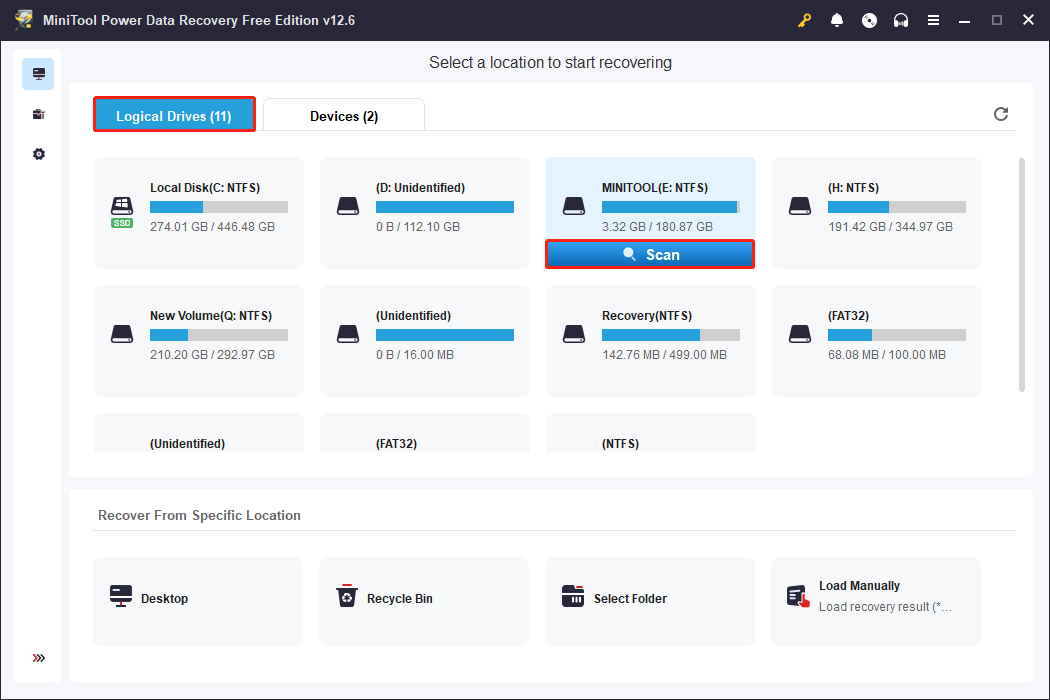
Step 2: Use Type, Filter, and Search to find the target files
When the scan ends, the files will be listed under Path based on their file structures. You can find the wanted files in this section. Besides this, here are other features you can use to locate the files more quickly.
The Type feature allows you to quickly find the target files by file type, such as documents, pictures, videos, audio, etc.
The Filter feature supports setting four filter criteria: file type, modification date, file size, and file category.
The Search feature can accurately locate a file by entering the full or partial filename. This is the fastest way to search for a single file when you remember the file name.
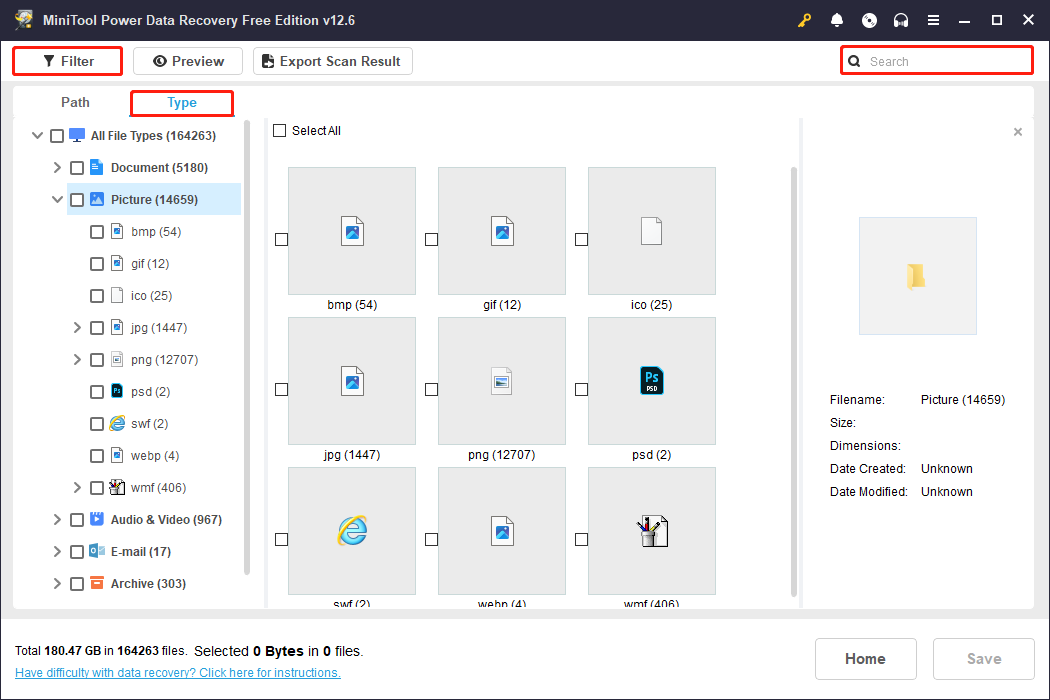
Step 3: Preview the files before recovery
After finding the files, it is best to check the file contents. The Preview feature in MiniTool supports previewing a variety of file types, such as images, documents, audio, and videos. Double-click the file you want to preview, and the full content will appear.
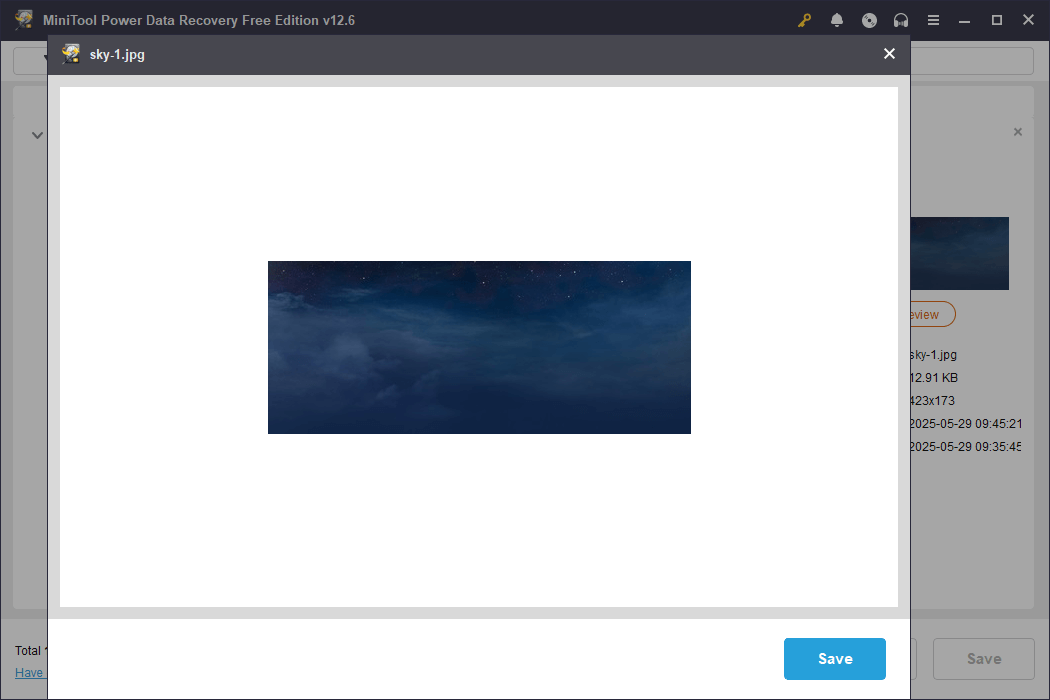
Step 4: Save the files to a safe place
After confirming all the files, tick them and click Save. There will be a window prompting you to choose a destination for the recovered files. Choose a safe one and hit OK. The recovery will start.
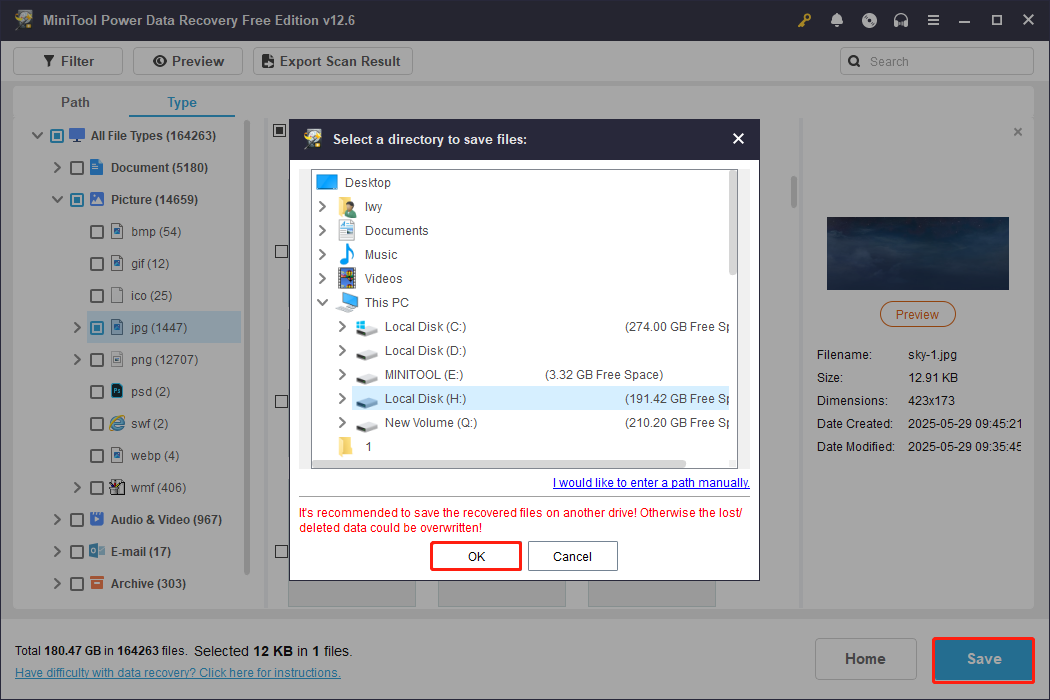
When the Recovery Completed window pops up, go and check the files.
Pros:
Its interface is simple and easy to operate.
It gives you free recovery capacity for 1 GB of files.
The paid editions are reasonably priced.
Cons:
It is not compatible with Windows 7.
Option 2: Stellar Data Recovery for Mac
Stellar Data Recovery for Mac is a professional-grade data recovery tool designed specifically for macOS users. It’s ideal for rescuing important files from failed hard drives.
Data Recovery for MacClick to Download100%Clean & Safe
This software can recover data from devices like MacBook, iMac, SD cards, USB flash drives, external hard drives, etc. In addition, it can recover files from file systems like exFAT, FAT32, NTFS, etc.
This tool supports recovering a variety of file types, including photos, documents, and videos, from unbootable, formatted, corrupted, or encrypted drives.
Its intuitive interface and file preview feature ensure quick and secure recovery, even in critical situations.
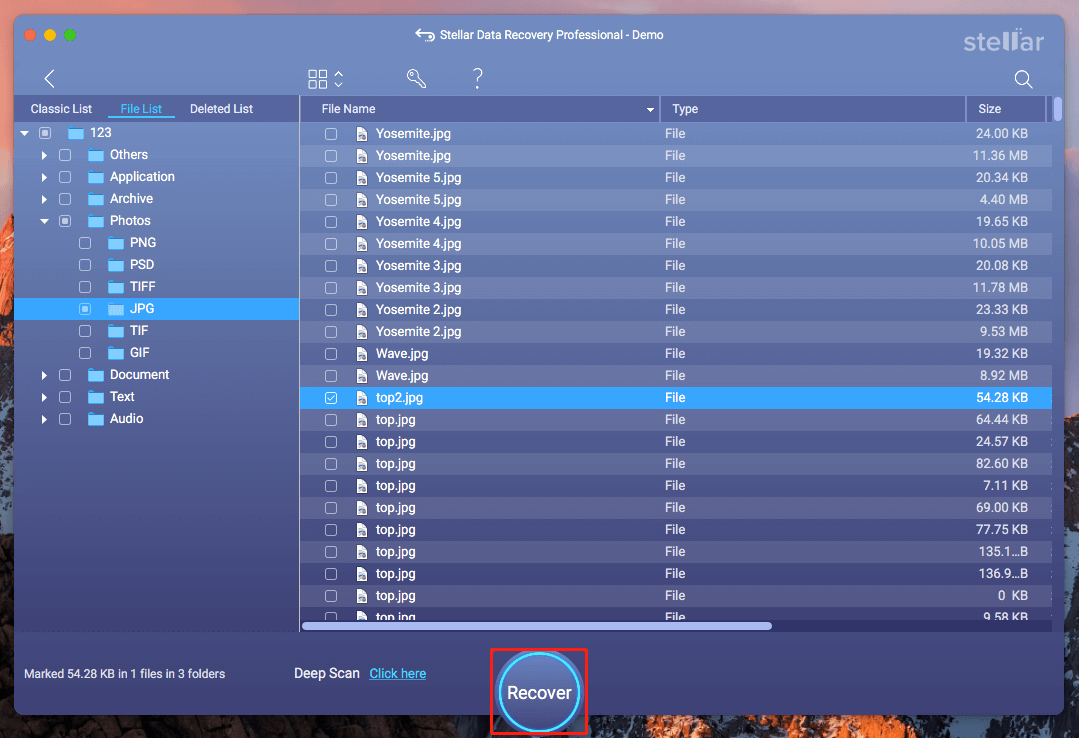
Pros:
Preview before recovery is supported.
Its paid editions support video and picture repair.
Cons:
It only serves Mac users.
The free edition only supports preview, not recovery.
Option 3: Disk Drill
Disk Drill is also an ideal tool for recovering data from failed hard drives. It supports recovery of personal or business documents, music, photos, videos, and many other file formats.
In addition to recovering data from hard drives, it can also recover data from memory cards, iPhones, iPads, Android devices, RAID arrays, and other data sources.
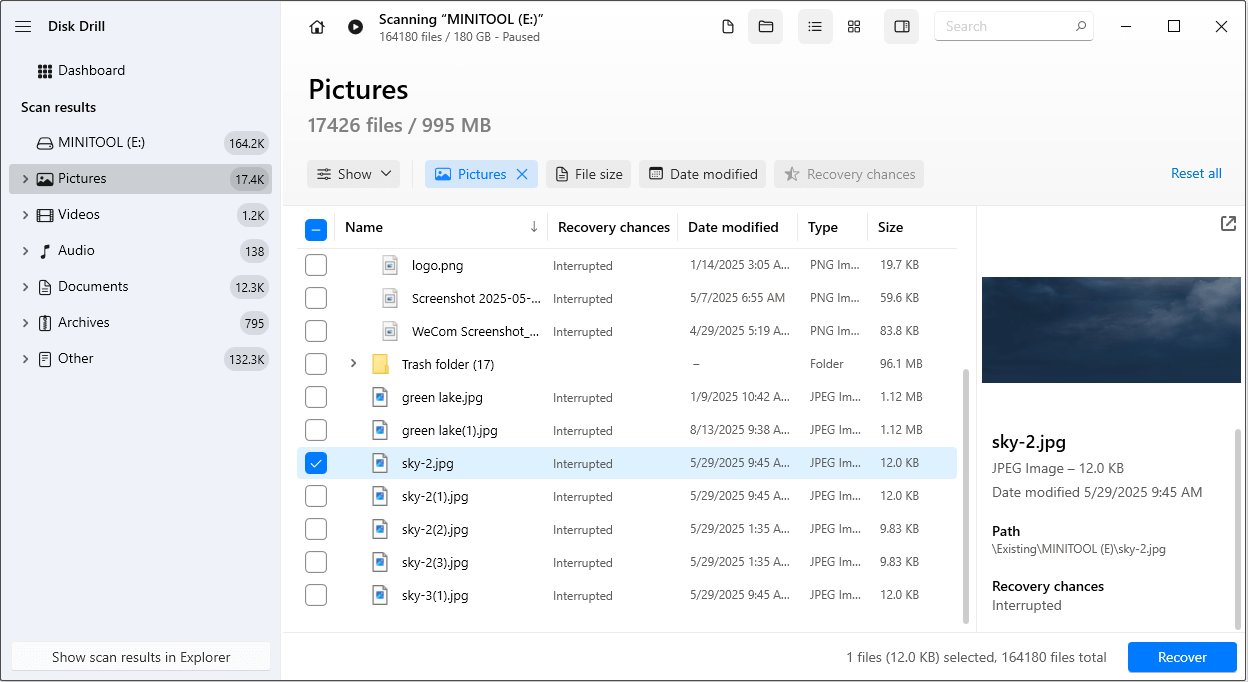
Pros:
It supports both Windows and Mac.
The scanning speed is very fast.
Cons:
The free edition can only recover up to 100 MB for free.
Option 4: EaseUS Data Recovery Wizard
EaseUS Data Recovery Wizard is a widely trusted data recovery tool, ideal for rescuing important files from failed hard drives.
It supports a variety of data loss scenarios, including accidental deletion, format, hard drive error, partition loss, system crash, virus attack, and more.
The software has a deep scan feature. This can penetrate the underlying hard drive structure to extract remaining data. It supports various file systems, including NTFS, FAT, exFAT, and HFS+.
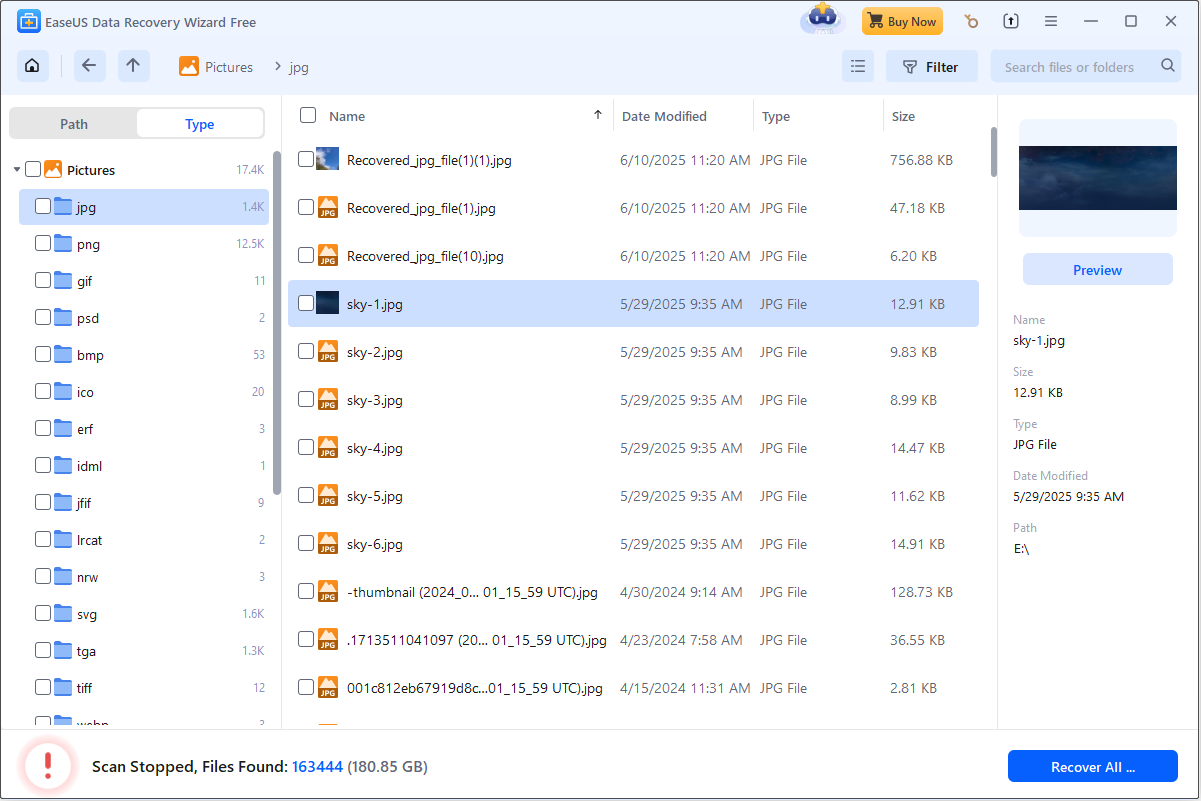
Pros:
It supports free recovery of up to 2 GB of data.
It is compatible with both Windows and macOS systems.
Cons:
The free edition does not support the full preview. You need to unlock Pro to enjoy full.
The paid edition is more expensive.
Option 5: Wondershare Recoverit
Wondershare Recoverit is a powerful failed hard drive data recovery tool. It is designed to address various data loss scenarios, including accidental deletion, formatting, partition loss, system crashes, and virus attacks.
It supports recovering over 1,000 file types from over 2,000 storage devices, including HDDs, SSDs, USB flash drives, SD cards, and cameras.
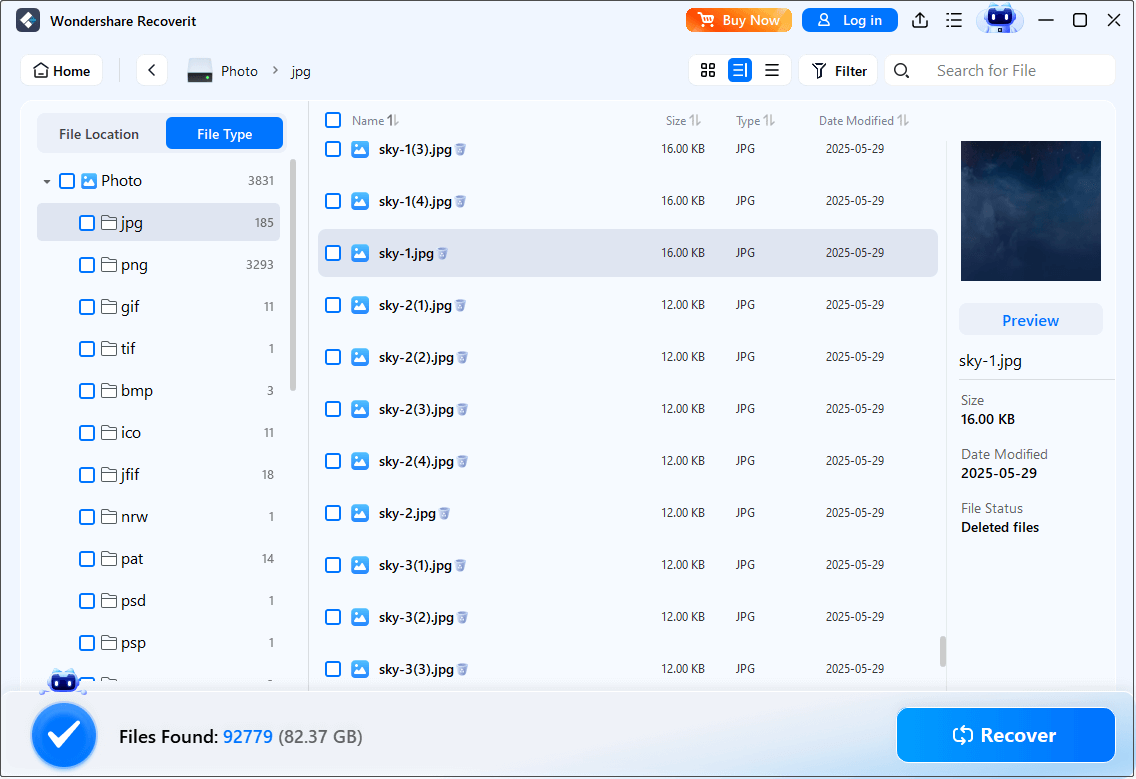
Pros:
It allows viewing file contents before recovery.
It supports 1000+ file types and formats.
Cons:
The free edition supports recovery of up to 500 MB of data.
After understanding the advantages and disadvantages of these software, choose one to complete the failed hard drive recovery.
Step 2: Fix a Failed Hard Drive with the Best Ways
After the data is recovered, you can repair the hard drive with confidence. Here are several fixes to help make your hard drive work properly.
Fix 1: Run the Error Checking Tool
When your hard drive fails, run the Error Checking tool. This tool is a disk checking tool built into Windows. It is used to scan and repair file system errors on the hard drive.
Step 1: Press Win + E to open File Explorer.
Step 2: Under This PC, right-click the failed drive and choose Properties.
Step 3: Switch to the Tools tab and hit Check.
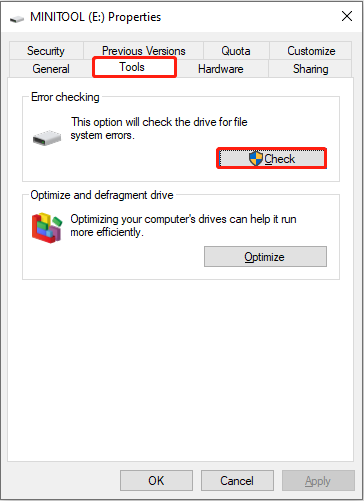
Step 4: In the pop-up window, click Scan drive.
Wait patiently for the scanning process to complete. It will detect and fix any related issues.
Hard drive got no improvement? Continue with the next method.
Fix 2: Update or Reinstall Drivers
Outdated drivers may cause your hard drive to fail. Therefore, update or reinstall the driver.
Step 1: Press Win + X and choose Device Manager.
Step 2: Expand Disk drives, right-click the target drive, and choose Update driver.
Step 3: Select Search automatically for drivers.
After the scan is complete, if there are available drives, follow the on-screen instructions to complete the update. If not, try reinstalling drivers.
Step 1: In Device Manager, right-click the target drive under Disk drives and choose Uninstall device.
Step 2: Click Uninstall to confirm the change.
After the uninstallation is complete, restart your computer, and Windows will automatically install the new driver for you.
Fix 3: Format Your Drive to Normal
If the above ways fail, formatting the drive is the last resort.
Step 1: Press Win + X and choose Disk Management.
Step 2: Right-click the target drive and choose Format.
Step 3: Set the volume label and file system, and click OK.
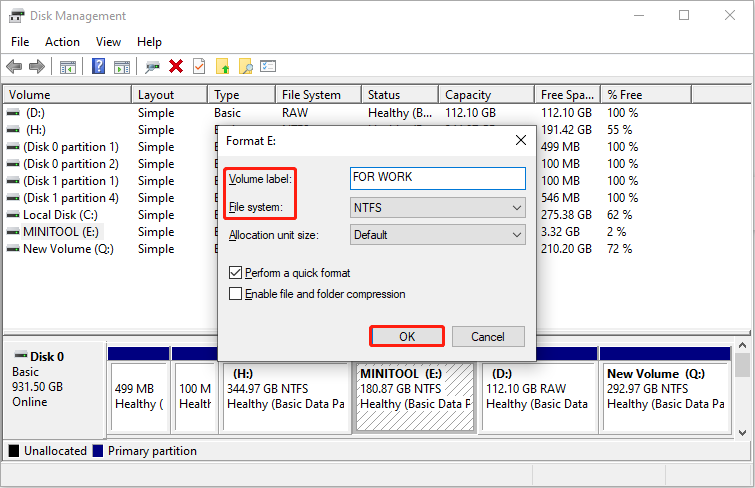
Step 4: Hit OK again to make the change take effect.
When the format completes, check if your hard drive can work normally.
Common Causes of Hard Drive Failure
After fixing your failed hard drive, learn some common causes of drive failure. This can help you better protect your drive.
- Human error: Accidental formatting, partition deletion, or incorrect driver installation can all cause hard drive problems.
- Physical damage: Dropping, impact, or water damage can damage the hard drive’s internal mechanical components.
- Operating system crashes: System failures can prevent the hard drive from being mounted or accessed properly.
- Virus or malware attacks: Malicious programs can damage partition structures or delete critical data.
- Firmware or driver errors: Damaged hard drive control programs or incompatible drivers can cause the drive to be unrecognized.
Final Thoughts
When you suffer from a hard drive failure, recovering data from the drive should be the first step. To do this, select a professional failed hard drive recovery software from the options mentioned above.
Afterward, you can run the Error Checking tool, update drivers, and format your hard drive to repair these failures. Hope you can have a healthy drive!
If you have any questions about MiniTool products, feel free to send us your information through [email protected].
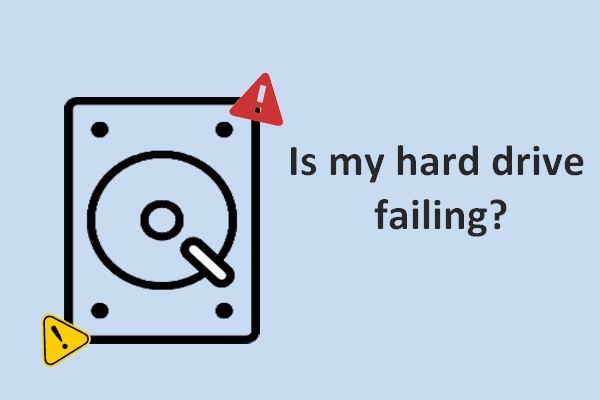
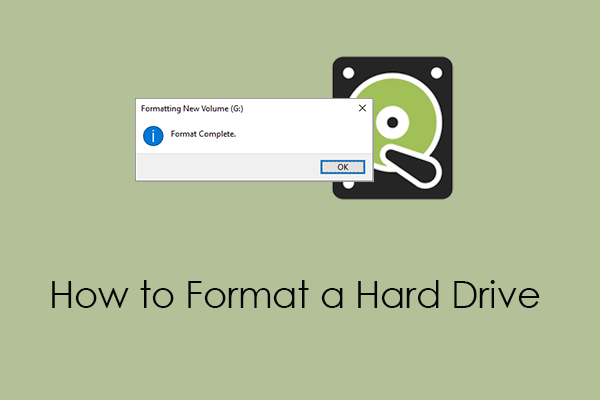
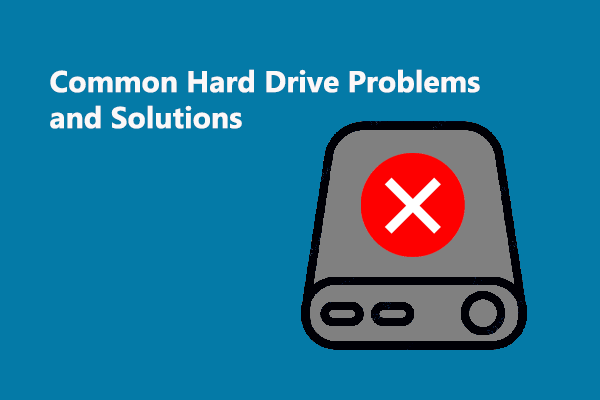
User Comments :